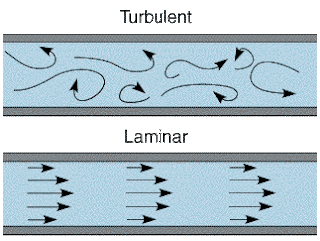And I'm not even joking - it's called line spectra.
You see, different elemants emit light at different wavelegnths of the visible spectrum. By passing the light through a diffraction grating, (a series of tiny slits which splits up the light,) one can see the different colours of light seperated in a spectrum.
By identifying the different wavelegnths (what defines the colour of the light,) of the light emmitted from the star, (or any source of light,) a scientist can identify the presence, and abundance of the elements.

The line spectra of hydrogen - if a light source gives off this exact combination of lines of the spectrum, it must be made of hydrogen. Each element emits a different set of lines. Of course, it is more difficult to identify the makeup of a star, which has many elements present, which means that the line spectra has many more lines.
You see, different elemants emit light at different wavelegnths of the visible spectrum. By passing the light through a diffraction grating, (a series of tiny slits which splits up the light,) one can see the different colours of light seperated in a spectrum.
By identifying the different wavelegnths (what defines the colour of the light,) of the light emmitted from the star, (or any source of light,) a scientist can identify the presence, and abundance of the elements.
The line spectra of hydrogen - if a light source gives off this exact combination of lines of the spectrum, it must be made of hydrogen. Each element emits a different set of lines. Of course, it is more difficult to identify the makeup of a star, which has many elements present, which means that the line spectra has many more lines.





